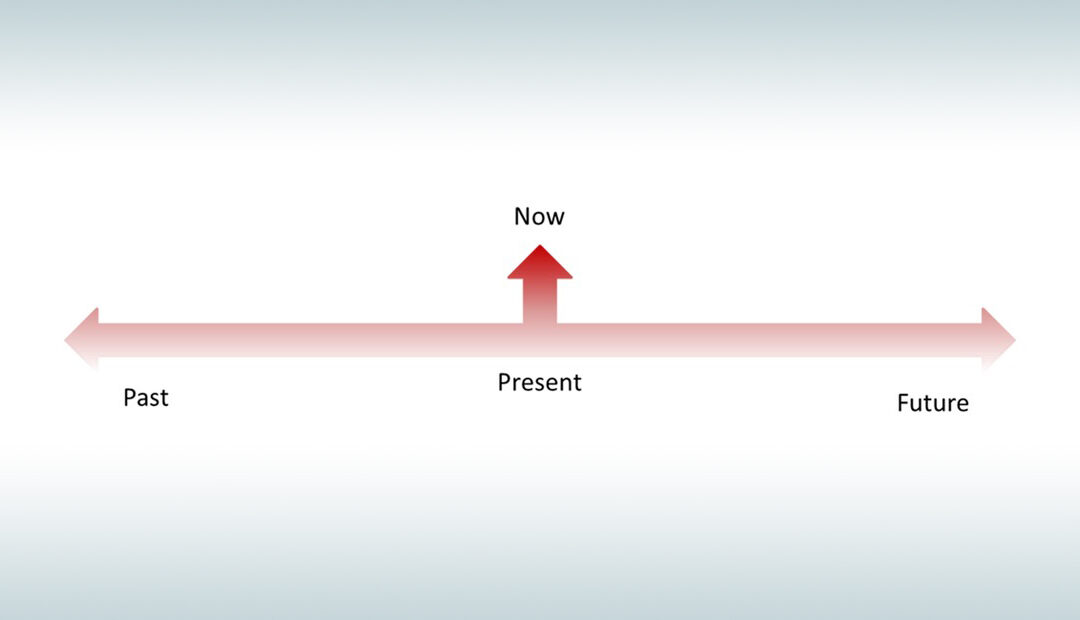[:en]One of the hottest fields today is data science. With so many buzzwords and terms around the fields of business and data analytics, data science, business intelligence, performance management, machine learning, and artificial intelligence, it’s possible to spend a lot of time and energy trying to work out how everything fits together.
The easiest way to try and understand these overlapping fields is by envisioning business activities in a simple timeline:
Business Intelligence: A focus on the past
Business Intelligence (BI) is the process of analyzing and reporting on historical business data. BI may also fit within the preliminary stages of data science, as it consists of analyzing past data and extracting useful insights. Business activities involved in BI include:
- Reporting & reporting with visuals
- Dashboarding and interactive visualizations
BI also supports analyzing what is happening with your business now depending on how often your operational data is being refreshed. In addition, informed strategic business assessments based on visual reports and dashboards can be derived by end users like managers or executives. Conclusions from the above activities may support future planning, but, strictly speaking, there is typically no actual predictive analytics involved.
Performance Management: A focus on the future
Preparing a report or a dashboard is always a reflection of past data, so these terms will be related to past data. Performance management or forecasting activities, though, are future-oriented activities, so they would sit to the right of the timeline, but not too much, as they still belong to the field of business and remain in the area where business and data intersect. Business activities involved in performance management include:
- Budgeting
- Forecasting
- What-if scenarios
Industry professionals often refer to the business and data fields as data analytics and business analytics. Thus, performance management, budgeting, & forecasting are still not true predictive.
Advanced Analytics
Advanced analytics is a marketing term that derives from people who refer to the type of analytics which they are dealing with is difficult to manage. It is a subjective term that may describe any part of business analytics, data analytics, predictive analytics, data science, and machine learning or combination thereof.
Data Science: The foundation of predictive insights
Where does data science fit into all of this? Data science is wholly reliant on the availability of data but not always on business. It incorporates a portion of data analytics, mostly the part that uses complex mathematical, statistical, and programming tools. Data science is the full intersection of data analytics and business analytics incorporating advanced modeling to assist in predicting business outcomes with a degree of confidence and can also be a tool for communicating those results via visualizations for decision-making purposes. Some of the business use cases for data science include:
- Detecting which customers to call
- Predicting product needs and prices
- Predicting the best retail location
- Predicting why patients are being readmitted
Machine Learning: Predicting what to do in the present and in the future
Machines that can learn autonomously and predict outcomes without being programmed to do so are the essence of machine learning and artificial intelligence (AI). AI is the more general term and machine learning is a branch of AI.
Machine learning is about creating and implementing algorithms that let machines receive data and use this data to analyze patterns, make predictions, and give recommendations on their own. It is an approach to AI. For all intents and purposes, machine learning is the only track to AI that we as humans have managed to develop thus far.
Machine learning would not be possible without data; thus, it falls inside the data analytics domain. Furthermore, machine learning would expand all the way to the present portion of the timeline. The reason for this is that industry professionals have been increasingly applying machine learning to the context of business intelligence. For instance, in the case of real-time dashboarding. We are interested in how machine learning tools can help us improve the accuracy of our analysis, even when no predictive analytics are involved. Some common business activities in machine learning include:
- Client retention & acquisition
- Fraud detection
- Diagnosis & prevention of disease
Final Thoughts
The domains of Business Analytics, Data Analytics, Data Science, and Machine Learning can intertwine. This article serves to provide a high-level description of what these disciplines are about and how they may interrelate in business.
Would like to find out more about how data science and machine learning can help your business? Please contact us at info@newintelligence.ca and one of our experts will be happy to discuss your analytics projects further.


